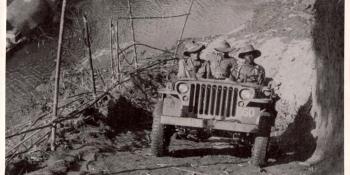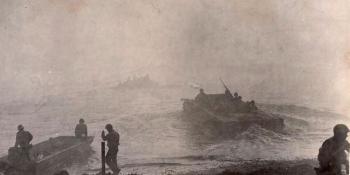Echoes of War
Military tacticians realise that the ability to receive and transmit information is of critical importance on the battlefield and can mean the difference between victory and defeat. Just as important is eavesdropping and disrupting the enemy’s communications and both sides try to do this; famously, during World War Two, native American Navajo operated as radio operators because the Navajo language was a ‘code’ the Japanese could not break.
Technological advances and the importance of communications meant that there was rapid growth in the military use of electronics in Brigade And Battalion Intelligence and Electronic Warfare Operations (IEW). Elaborate methods are often employed to deceive or confuse the enemy. Call signs and frequencies can be changed frequently but radio transmitters can be located with the right equipment and enough time. Despite this, battlefield commanders pore over maps monitoring what is happening while people with radios tell them what is going on. To avoid such conversations being listened to by opposing forces additional technology, in the form of radio jammers, was used on the battlefield. One such was the American Electronic Laboratories Inc OG-181/ VRC Pir…




